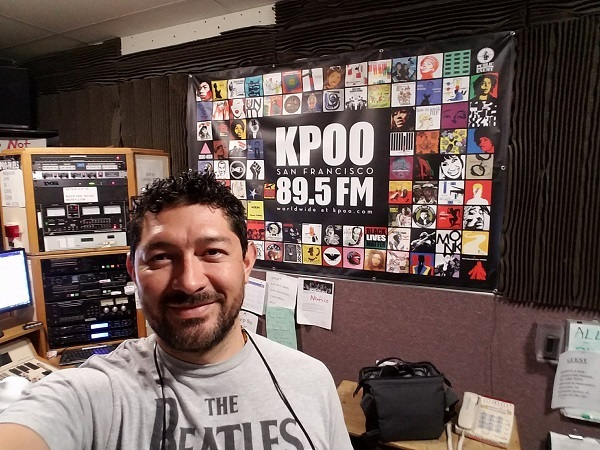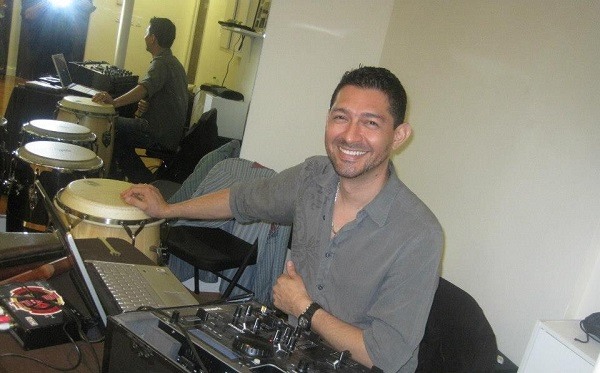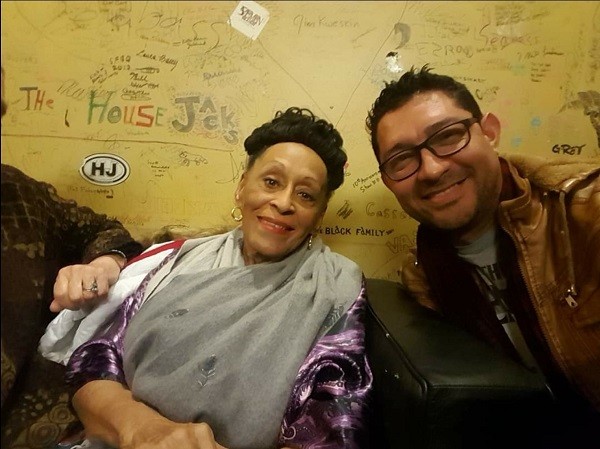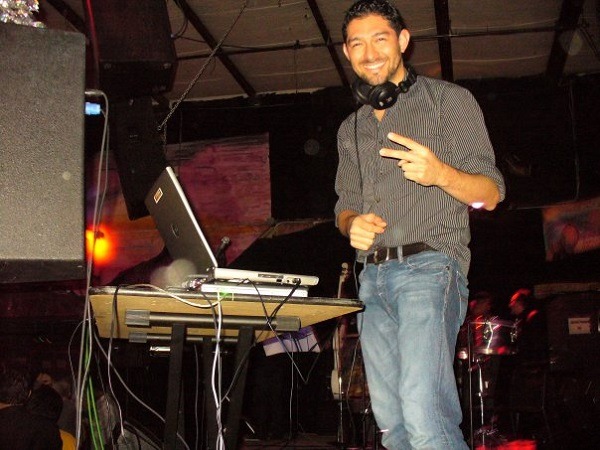France, Norway, the Netherlands, and the United States will be some countries that will dance to the rhythm of Salsa Dura

Músicos: Joaquín Arteaga, Diego Coppinger, Freddy Ramos, Rafael “Madagascar” Arciniegas, Lorenzo “El diablo” Barriendos, Vladimir Peña, Albert Costa, Miguel Moises, Oriol Martínez, Climent Campa.
With the solid and unmistakable sound of the trombone & percussion sections and the strong influence on Salsa from the 60s and 70s, Tromboranga with their Hot Salsa will visit France (Festival Corazón Latino 2022 – Bordeaux), Norway (featuring the trombonist, Jimmy Bosch at Kafe Sync – Oslo), the Netherlands (Summer Breeze Latin Night 2022 – Amsterdam), Spain (Pamplona and Barcelona), the United States (The Great Colombian Festival Miramar – Florida), and Ecuador (Guayaquil ) with its World Tour 2022 from May to September.
The friendly musicians residing in Barcelona (Spain) will offer a series of performances to captivate Latin audiences in Europe and America to celebrate their tenth anniversary on the music scene.
The orchestra will play all their hits including Agua que va caer, Alabanciosa, Humildad, Mi china Colombiana, Ah Caraj, Palo pa’ la campana, Charrupi, Como la marea, Sangre sudor y Salsa, Esclavo de tu apariencia, Que linda que estás, likewise the nine unreleased songs from their album Te voy a contar, released to the Salsa scene in 2019.
Te voy a contar has the participation of the Jazz and Salsa master, the trombonist Jimmy Bosch in the song Te perdono. Oscar Hernández (the Spanish Harlem Orchestra leader and winner of several Grammy awards) arranged the Latin Jazz theme, Sal de la Cueva. In addition to this, Huracán no me tumbas (dedicated to the Island) was recorded in Puerto Rico, and they shared voices with one of their idols from the Fania All-Stars, Ismael Miranda.

The followers of Tromboranga call themselves “Salseros Tromborangueros”.
During the pandemic in 2020, Tromboranga http://www.tromboranga.com/en continued with their new record production Salsa Terapia. Melodies such as El cuero del tambor, Devuélveme mis discos, Pachanguera y El mundo al revés are part of this album that has gone viral in choreographies on social networks in addition to being reproduced as multimedia content by Latin radio stations around the world.
“Our success is the dedication and love in selecting the songs, most of them are my authorship, I carry out the general production and the concept of each album”, said the Venezuelan musician Joaquín Arteaga (Director of the orchestra and known for his extensive career as a percussionist and Timbales expert).
In 2021, this Salsa Dura orchestra released the single “Baila Africa” sharing with African artists such as Msaki (voice of the promotional theme) while they toured South Africa (2020). The authorship of this salsa melody was in charge of the leader of Tromboranga, Joaquín Arteaga.
Telling a little about their history, the orchestra made up of ten Latin and European musicians released their first studio album in April 2012 titled Salsa Dura, rated among the top ten of that year by DJs, dancers, and specialized bloggers of the genre.

The stellar and Sabrosa Salsa reunion will be from May to September.
In 2013, Tromboranga recorded Al Mal Tiempo Buena Salsa, rewarding them with their first international tour in Europe and Latin America. During that same year (November 2013), they released the Special Edition Vinyl “Solo para Coleccionistas Vol. 1” exclusive for 300 people.
The sum of the rest of their recordings reaches a total of five albums published in successive years: Como La Marea (2014), Sangre, Sudor Y Salsa (2015), Golpe Con Melodía (2015), Tumbando Fronteras (2017), Una Noche En Bangkok (2018).






















